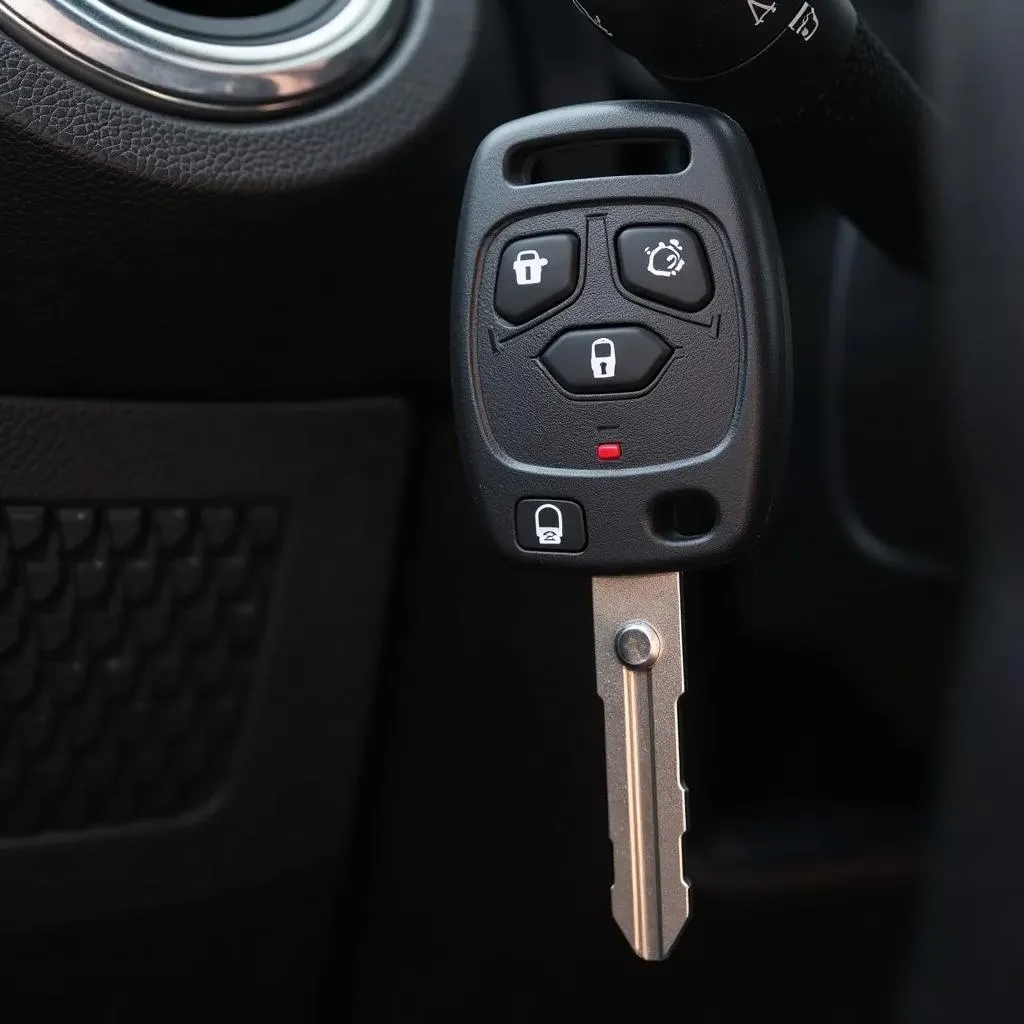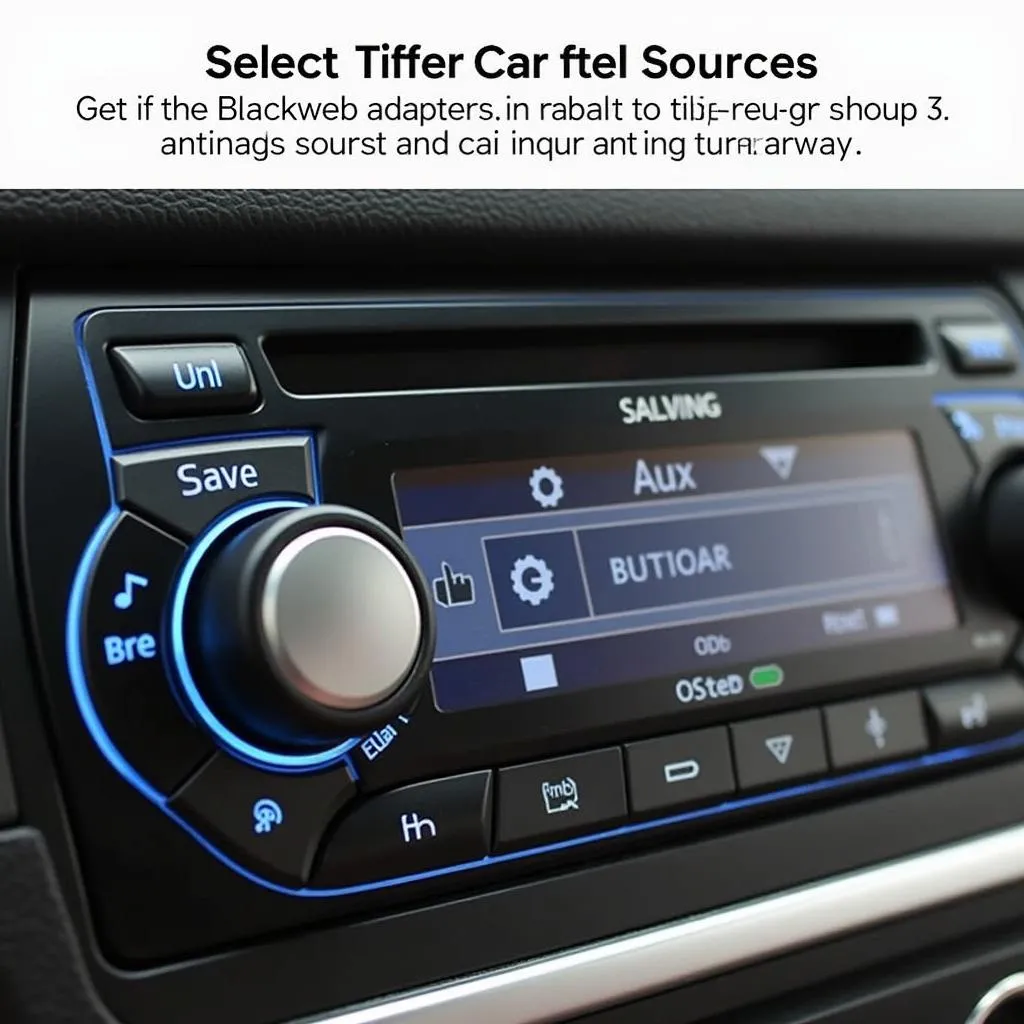Changing your car radio can seem like a daunting task, but with a little know-how and the right tools, it’s a job you can tackle yourself. Whether you’re upgrading to a modern Bluetooth-enabled unit or experiencing issues with your current setup, understanding car radio wiring is crucial. This guide will walk you through the process, covering everything from common problems to step-by-step installation.
Understanding Car Radio Wiring
Before diving into the how-to, it’s essential to grasp the basics of car radio wiring. Your car radio doesn’t just receive power; it interacts with various components like speakers, amplifiers, and even your car’s computer system.
Common Car Radio Wiring Problems
Several issues can arise from faulty car radio wiring:
- No power to the radio: This is often caused by a blown fuse, a disconnected power wire, or a faulty ignition switch.
- Speakers not working: Damaged speaker wires, incorrect wiring connections, or a blown amplifier are common culprits.
- Poor reception: This can be due to a damaged antenna or loose antenna wiring.
- Intermittent sound: Loose connections, faulty wiring harnesses, or even a failing radio unit can cause this.
Identifying Wiring Issues
Diagnosing car radio wiring problems often involves:
- Visual inspection: Check for loose or damaged wires, disconnected harnesses, and blown fuses.
- Multimeter testing: A multimeter can help determine if power is flowing correctly through the wires and identify any shorts or breaks.
- Diagnostic software: For more complex issues, professional-grade diagnostic software like those offered by Cardiagtech can pinpoint problems within the car’s electrical system.
Tools and Preparation
Before you start, gather the necessary tools:
- Wiring diagram: This is crucial for identifying the correct wires and their functions. You can often find these online or in your car’s repair manual.
- Wire strippers/cutters: For preparing and connecting wires.
- Electrical tape: For insulating wire connections.
- Crimping tool: For secure wire connections.
- Soldering iron (optional): For more permanent and reliable connections.
- Panel removal tools: For safely removing your car’s dashboard panels.
Steps to Change Your Car Radio Wiring
- Disconnect the battery: Always disconnect the negative terminal of your car battery before working on any electrical components.
- Remove the old radio: Consult your car’s manual for specific instructions. Generally, you’ll need to remove trim panels around the radio using appropriate tools.
- Identify the wires: Match the wires from your old radio to the wiring diagram. Pay close attention to the colors and functions (power, ground, speakers).
- Connect the new radio: Carefully connect the wires from the new radio to the corresponding wires in your car’s wiring harness. Use a wiring harness adapter if necessary. Make sure to match the colors and functions according to the wiring diagram.
- Secure the connections: Solder or crimp the wire connections, and then insulate them thoroughly with electrical tape.
- Test the new radio: Before reassembling the dashboard, reconnect the battery and turn on the car to test the new radio. Make sure all functions work correctly.
- Reassemble the dashboard: Once you’ve confirmed everything is working correctly, carefully reassemble the dashboard in reverse order.
FAQs About Car Radio Wiring
Q: Can I install any car radio in my car?
Not necessarily. Car radios come in different shapes and sizes (DIN/Double DIN). Ensure the new radio fits your car’s dashboard opening.
Q: Do I need a special harness to install a new car radio?
Wiring harness adapters are often required to connect an aftermarket radio to your car’s factory wiring without cutting or splicing wires.
Q: What if I don’t have a wiring diagram for my car?
You can often find wiring diagrams online through resources like Cardiagtech, in automotive forums, or by purchasing a repair manual for your specific car model.
Conclusion
Changing your car radio wiring can be a rewarding DIY project, allowing you to upgrade your audio system and troubleshoot common problems. Remember to prioritize safety, consult your car’s manual and wiring diagram, and use the right tools and techniques for the best results. For advanced diagnostics or if you’re uncomfortable working with car electronics, don’t hesitate to seek professional help. CARDIAGTECH offers a range of products and services that can help you diagnose and resolve complex car audio issues.


